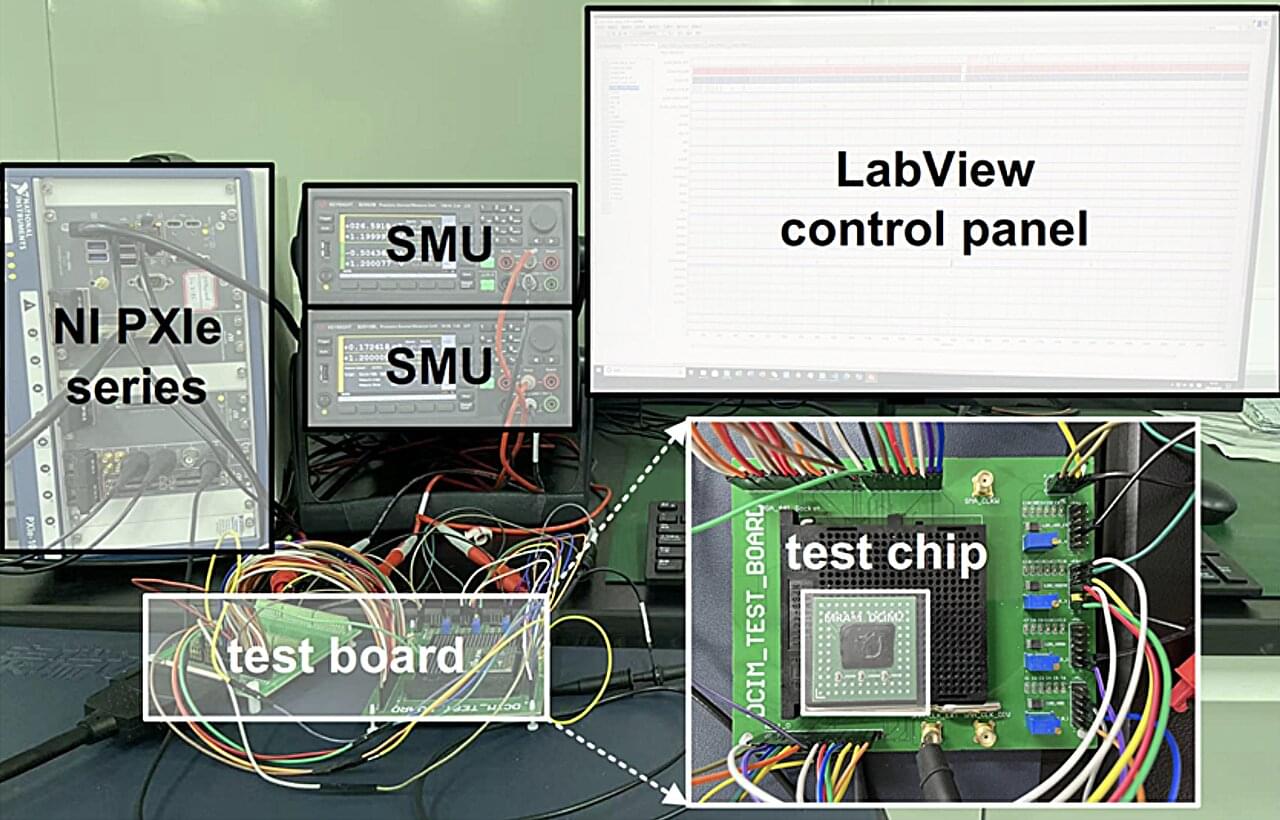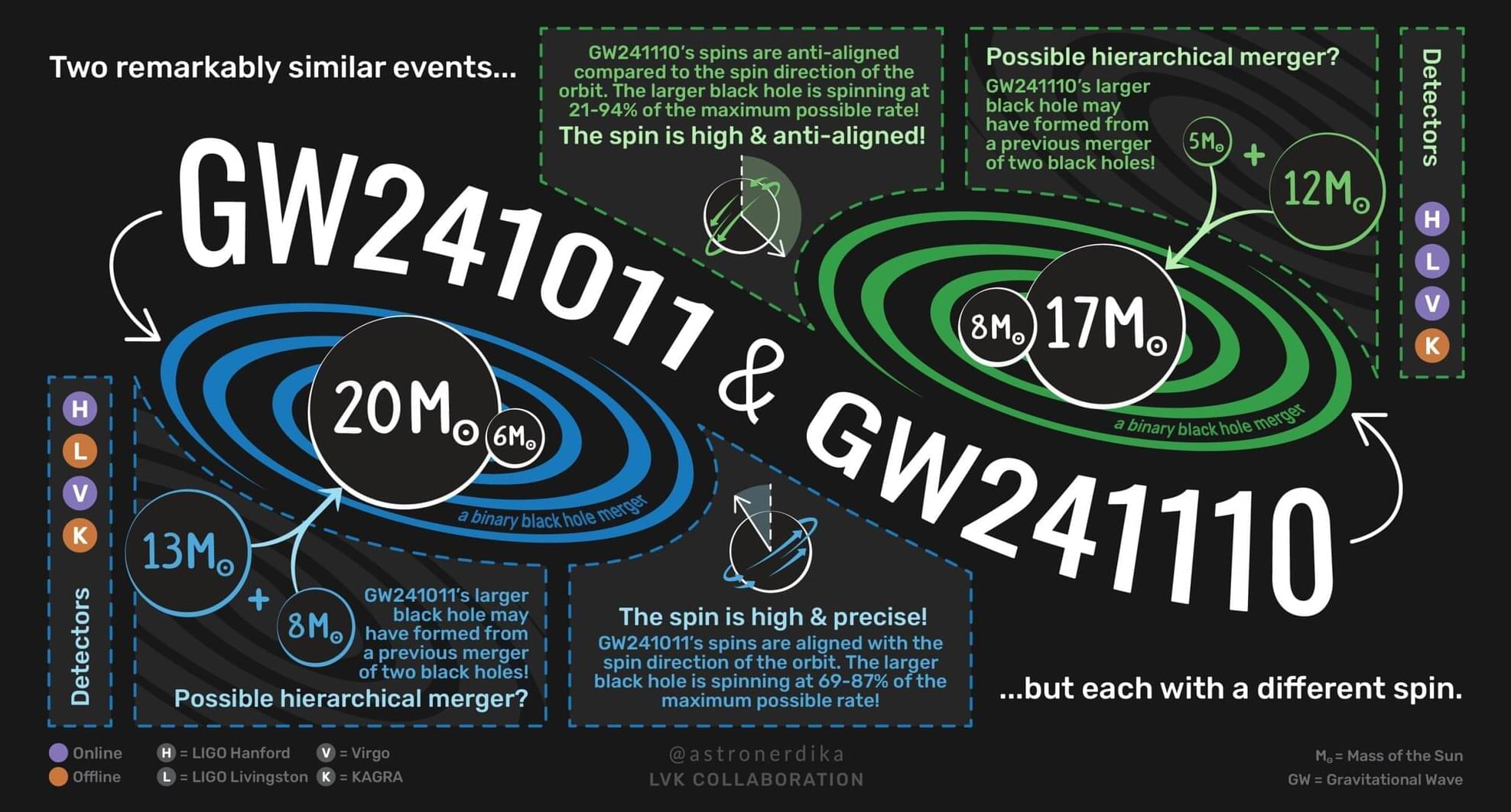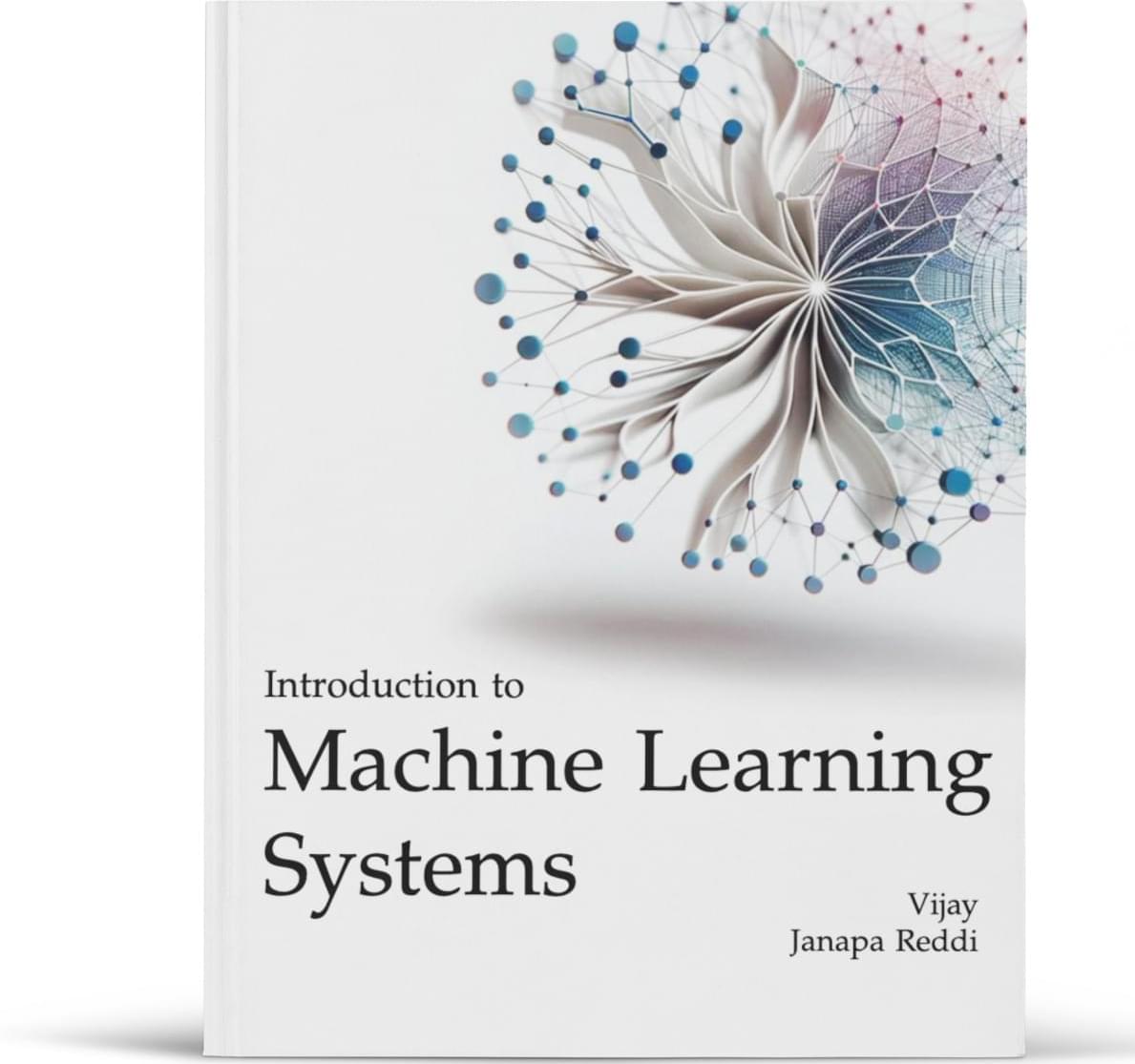To make accurate predictions and reliably complete desired tasks, most artificial intelligence (AI) systems need to rapidly analyze large amounts of data. This currently entails the transfer of data between processing and memory units, which are separate in existing electronic devices.
Over the past few years, many engineers have been trying to develop new hardware that could run AI algorithms more efficiently, known as compute-in-memory (CIM) systems. CIM systems are electronic components that can both perform computations and store information, typically serving both as processors and non-volatile memories. Non-volatile essentially means that they can retain data even when they are turned off.
Most previously introduced CIM designs rely on analog computing approaches, which allow devices to perform calculations leveraging electrical current. Despite their good energy efficiency, analog computing techniques are known to be significantly less precise than digital computing methods and often fail to reliably handle large AI models or vast amounts of data.









